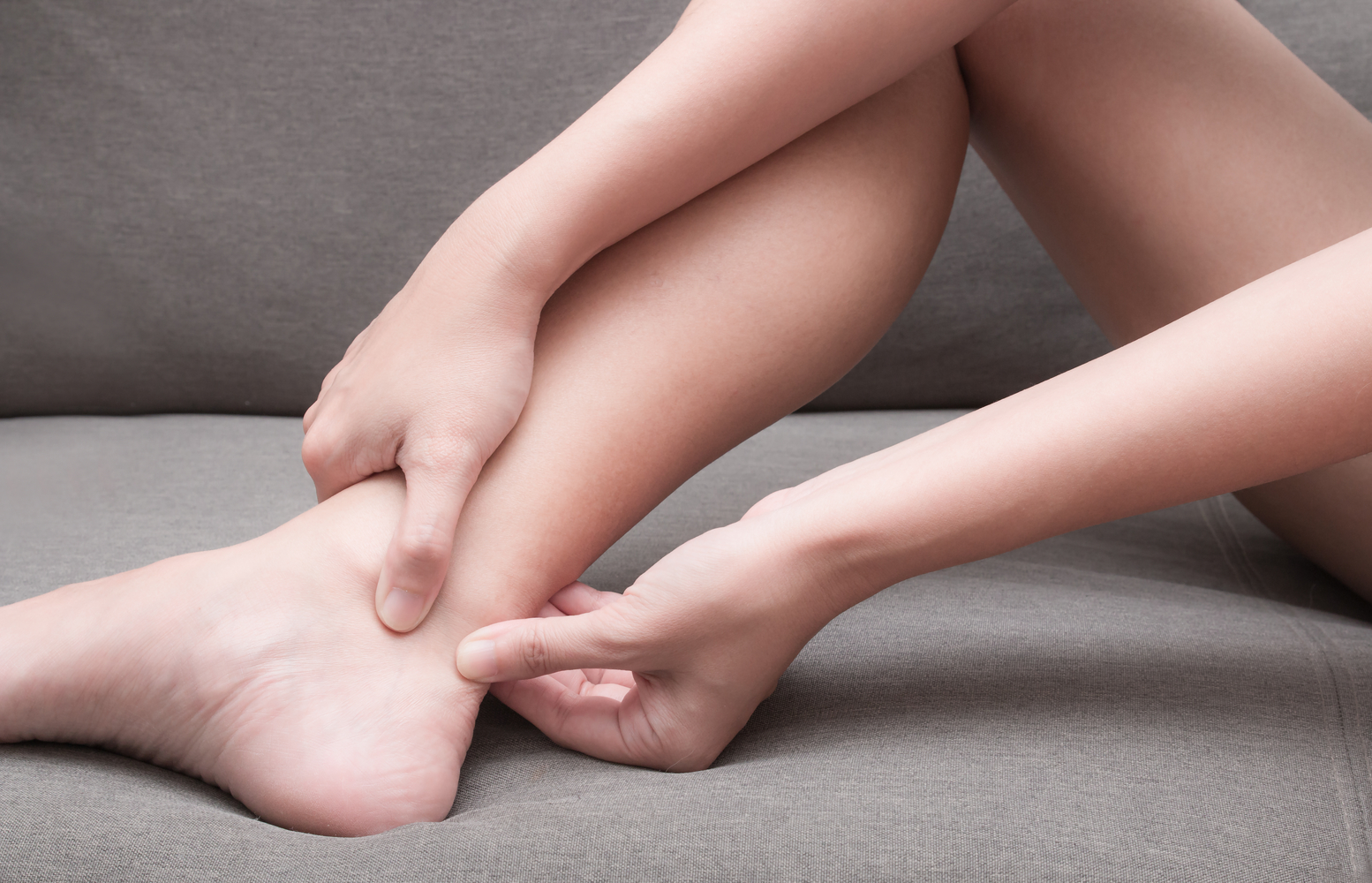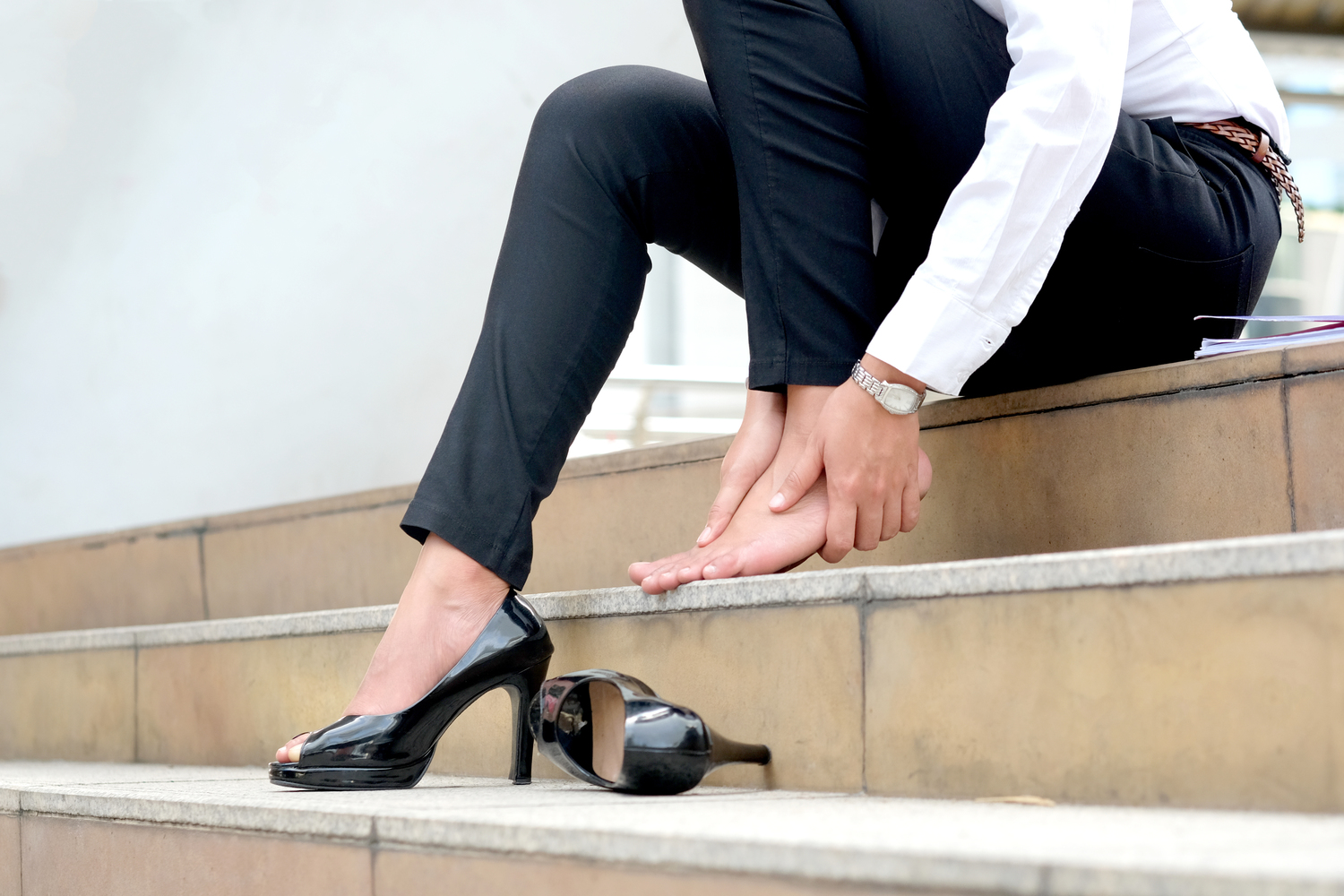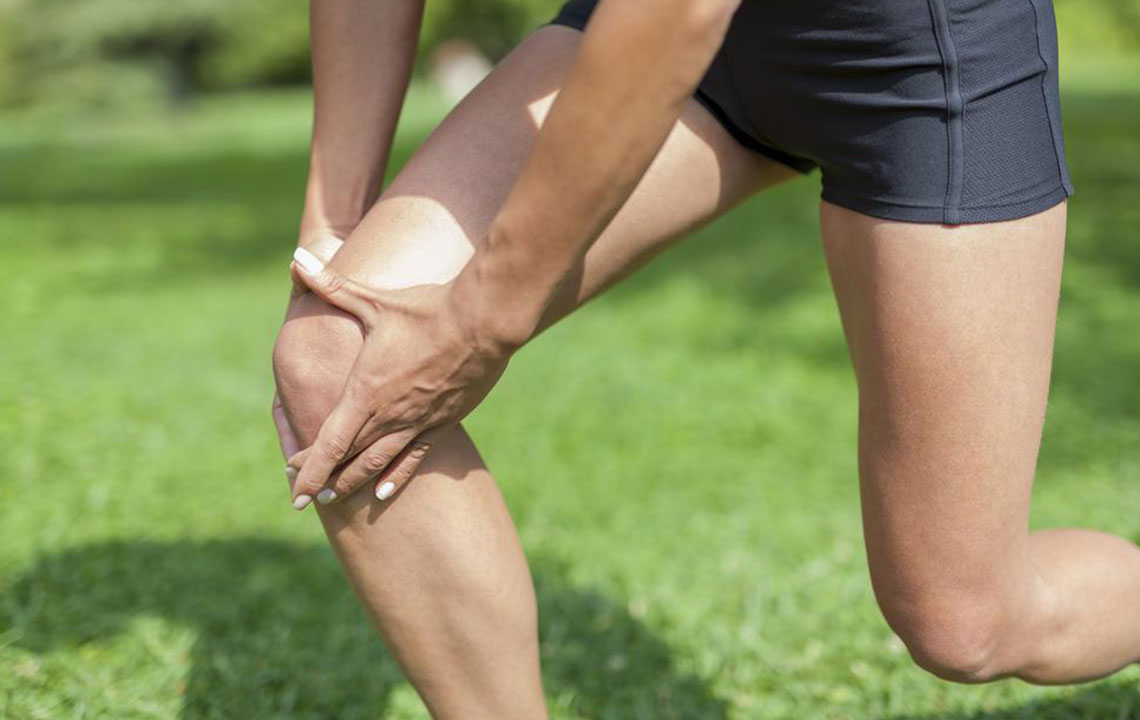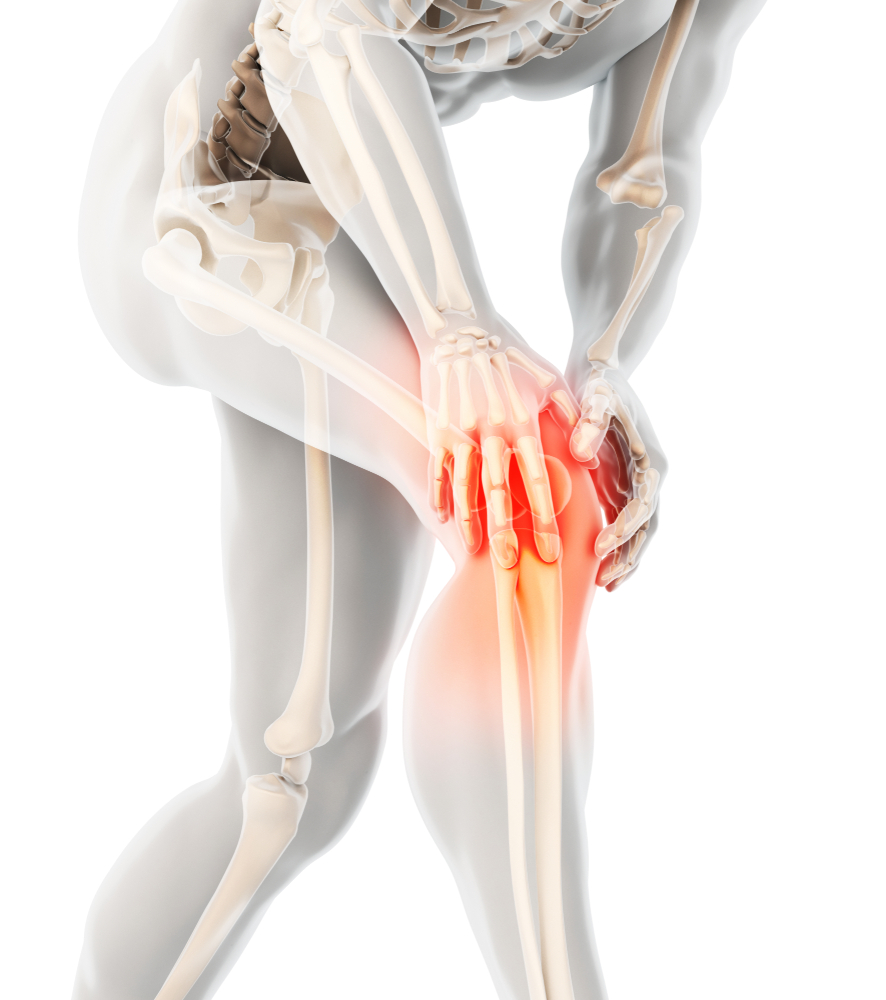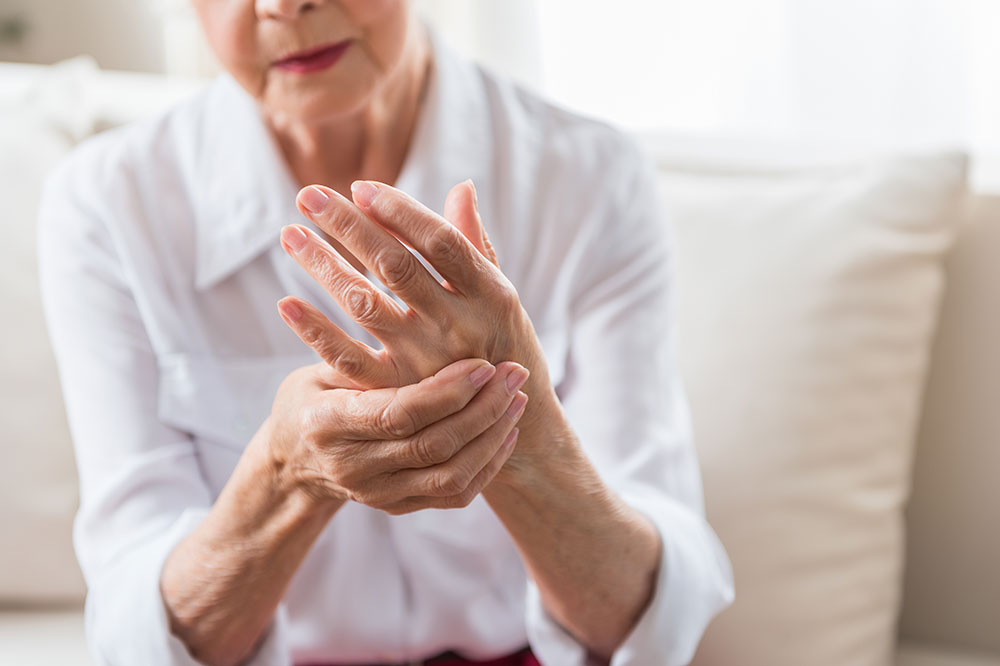Comprehensive Guide to Bone Spurs: Causes, Types, Symptoms, and Effective Treatments
This comprehensive article explores the causes, types, and symptoms of bone spurs, along with effective treatments and preventive measures. It covers common sites like the heel and spine, detailing how these growths develop and impact mobility. Readers will learn about conservative management options, including physical therapy, supportive footwear, and medications, as well as surgical interventions for persistent cases. The article emphasizes the importance of early diagnosis and personalized treatment strategies to alleviate pain and improve quality of life, especially for those with degenerative joint conditions like osteoarthritis.
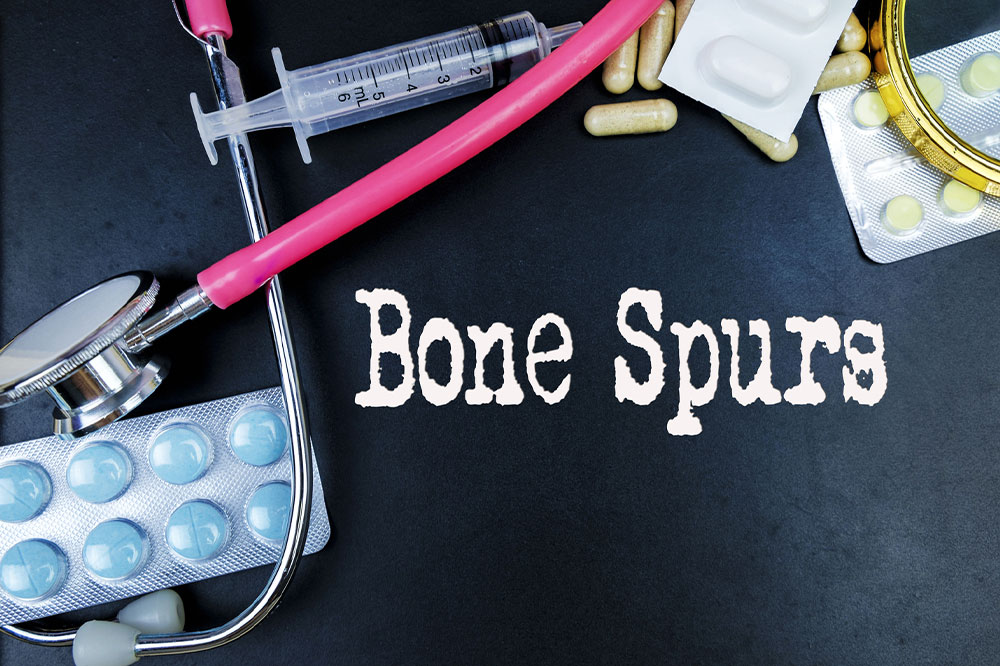
Comprehensive Guide to Bone Spurs: Causes, Types, Symptoms, and Effective Treatments
Bone spurs, medically known as osteophytes, are bony projections that develop along the edges of bones. These growths are benign but can cause discomfort and mobility issues depending on their size and location. Typically less than a centimeter in length, bone spurs can occur at various joints throughout the body, including the hips, knees, shoulders, and especially along the spine. Many people notice them as small bumps or protrusions, often in the heel or foot. Their formation is a slow process that can span over years, and managing symptoms sometimes requires medical intervention, including surgical removal.
Understanding the Causes of Bone Spurs
Bone spurs develop due to a range of factors, primarily related to aging, repeated stress, and joint degeneration. As people age, the cartilage that cushions the joints gradually wears down, leading to increased friction between bones. The body's response to this stress often results in new bone growth to stabilize the area, forming spurs. Wearing improper footwear that lacks adequate support can accelerate this process, especially in weight-bearing joints like the heels. Activities involving repetitive motion or heavy stress on specific joints, like running, jumping, or frequent kneeling, can also contribute to spur formation.
Additionally, underlying conditions like osteoarthritis—a degenerative joint disease—play a significant role. Osteoarthritis leads to cartilage loss and joint destruction, prompting the body to compensate by generating osteophytes or bone spurs at the edges of the affected joints. Other risk factors include soft tissue injuries, inflammation, and genetic predispositions that affect bone and cartilage health.
Types of Bone Spurs
Bone spurs are categorized based on their location and origin:
Osteophytes: These are most commonly associated with joint surfaces that experience movement. Osteophytes result from repeated friction, pressure, or joint degeneration. They are often observed in cases of osteoarthritis, where cartilage breakdown prompts reactive bone growth.
Enthesophytes: These develop at attachment points where tendons or ligaments anchor to bones. Enthesophytes are usually a response to inflammation, overuse, or injury at these attachment sites, often causing pain and restricted movement.
Bone spurs can form in various regions of the body, with the most common sites being the heels and the spine.
Heel Spurs and Their Impact
Heel spurs are bony projections that develop on or beneath the calcaneus, the heel bone. They often result from calcium deposits that build up over time due to strain or injury. Heel spurs are frequently associated with plantar fasciitis, a condition characterized by inflammation of the plantar fascia—an important ligament running from the heel to the toes. The inflammation can cause the formation of spurs at the heel, leading to significant discomfort, especially during first steps in the morning.
People with heel spurs may experience sharp pain under the heel, persistent dull ache, swelling, and a heat sensation. visible protrusions may be noticeable at the bottom or back of the heel. These symptoms can make walking barefoot or on uneven surfaces quite uncomfortable.
Spinal Bone Spurs and Their Symptoms
Bone spurs in the spinal region are common, especially among older adults. These growths develop in response to degenerative processes like osteoarthritis or disk degeneration. In the neck (cervical spine) or lower back (lumbar spine), spinal spurs can cause localized pain, stiffness, and nerve compression. Some individuals remain asymptomatic, but when symptoms occur, they may include radiating pain, tingling, numbness, or weakness in the limbs. Spinal bone spurs can reduce mobility and affect quality of life if left untreated.
Effective Treatment and Relief Strategies
While some bone spurs may not require intervention, persistent symptoms often necessitate treatment. Management options include both conservative measures and surgical procedures:
Surgical Removal: When conservative treatments fail to alleviate symptoms, surgical excision of the spur can be an effective solution. This procedure involves removing the bony growth to relieve pressure on nerves or soft tissues, providing significant relief from pain and discomfort.
Cold Therapy: Applying ice packs or cold rollers to the affected area for 20-minute intervals, three to four times daily, helps reduce inflammation, swelling, and pain. Cold therapy is especially beneficial in the acute phase of discomfort.
Stretching and Physical Therapy: Targeted exercises can relax the muscles around the affected joint or tendon, reducing pressure and improving range of motion. Physical therapy may include manual therapy, strengthening routines, and stretching exercises tailored to the patient's needs.
Supportive Footwear and Orthotics: Wearing cushioned shoes, heel pads, or custom orthotic inserts can help redistribute pressure away from the spurs and provide comfort during daily activities. Proper footwear is crucial in preventing further spur development.
Medications: Nonsteroidal anti-inflammatory drugs (NSAIDs) and pain relievers can provide temporary relief from symptoms. However, these should be taken under medical supervision to prevent adverse effects and ensure safe use.
Aside from direct treatments, preventive measures are essential in reducing the risk of spur formation:
Maintaining a diet rich in calcium and vitamin D to promote bone health.
Regular low-impact exercises to strengthen muscles and support joints.
Avoiding undue stress on specific joints through proper ergonomics and activity modifications.
Wearing supportive, well-fitting footwear to prevent local stress and pressure points.
People experiencing symptoms of bone spurs are encouraged to seek prompt medical advice. A comprehensive diagnosis, often involving imaging techniques like X-rays or MRIs, helps establish the presence and severity of spurs. From there, healthcare providers can recommend an effective treatment plan tailored to individual needs and lifestyle.

